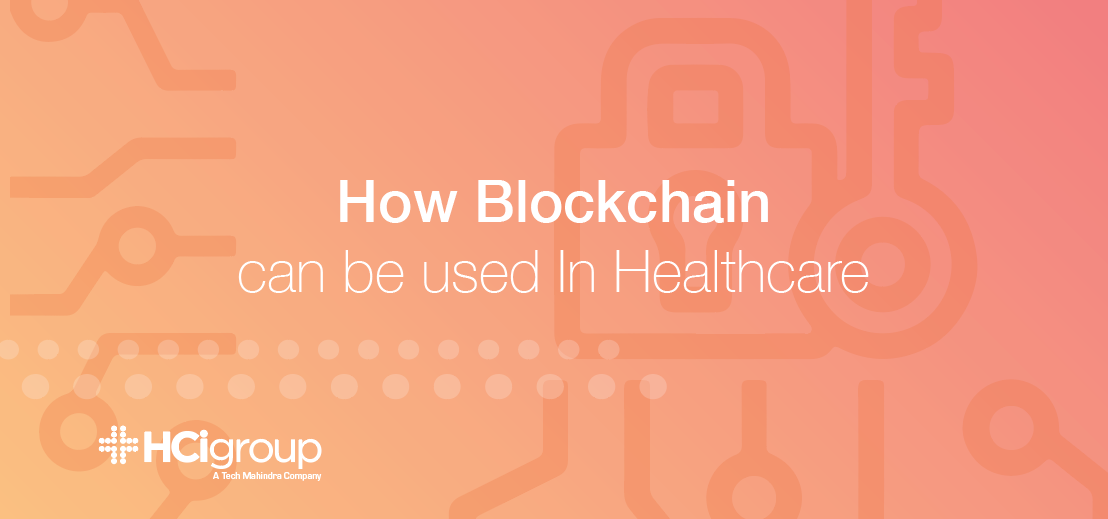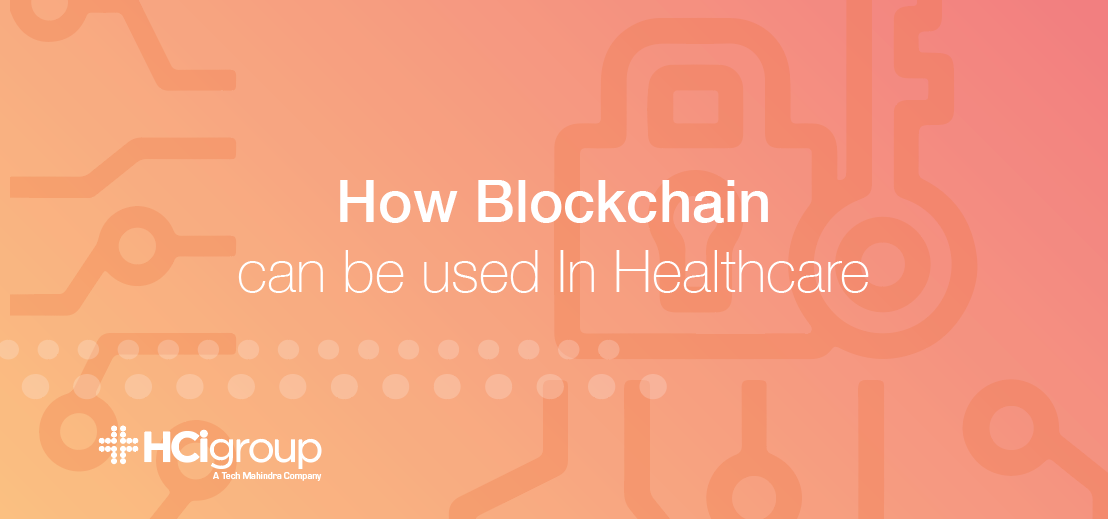How Blockchain can be used in Healthcare

 Blockchain — this technology has the potential to truly redefine trust between individuals and institutions. Blockchain is often called the “Internet of Trust”, and this is enabled by the ability to perform transactions and other functions with complete confidence in the identity of the participants and the value and the authenticity of the transaction or work that is being performed or processed.
Blockchain — this technology has the potential to truly redefine trust between individuals and institutions. Blockchain is often called the “Internet of Trust”, and this is enabled by the ability to perform transactions and other functions with complete confidence in the identity of the participants and the value and the authenticity of the transaction or work that is being performed or processed.
Blockchain is essentially a chain of digitally bundled blocks of information — safeguards patient information by making data more permanent, secure and traceable. Over half of healthcare executives — a reported 56 percent— anticipate implementing a commercial blockchain solution by 2020. Here are just a few examples where blockchain’s greater potential in healthcare is beginning to emerge.
Removing the Data-Access Red Tape
As more patients become stronger advocates in their everyday health decisions, wide availability of patient data is becoming increasingly critical — and even necessary. Yet, patients themselves tend to have little control over who has access to their health information. Plus, this data tends to be disconnected. Most patients don’t have their complete lifelong medical narrative stored cohesively in an electronic medical record (EMR); instead, it is stored in a series of isolated data points.

To help solve this problem, one potential solution is to examine how blockchain can impact the flow of data across EMRs and patient data. For instance, tighter integration between healthcare providers’ systems and an authentication log may result in dual levels of authorization driven by both providers and patients.
This means patient records can be kept securely in a blockchain that different parties have simultaneous access to rather than needing to be distributed between facilities. The results include less wasted time and money as well as fewer points of confusion among providers. Patients can even opt in to let researchers utilize their medical records to help potentially spark innovative future medical breakthroughs.
Making Clinical Data Unalterable with Blockchain
At least one in three drugs sold in developing countries may be fake. Blockchain is therefore being used to grant companies a more holistic grasp of their supply chain management analytics. For instance, working to identify pharmaceutical and biopharmaceutical companies’ most notable supply chain breaks may help strengthen marketplace integrity.
Your organization may want to consider developing a blockchain-driven medical record system to help patients have more control over their medical records. For instance, separating various healthcare system processes may be a key strategy in enhancing data visibility across endpoints.
In addition, something else being done across the industry is where a blockchain-based certifiable data audit of sorts for medical records is used to ensure health records are accurate and up-to-date. A system of this type can essentially document, then verify, an isolated data point’s lifecycle to potentially give patients more control over their health data.
Innovative examples like these are all at the leading edge of blockchain innovation. What happens next is yet to be determined, as data continues to become a valuable and precious commodity worth safeguarding and leveraging.
